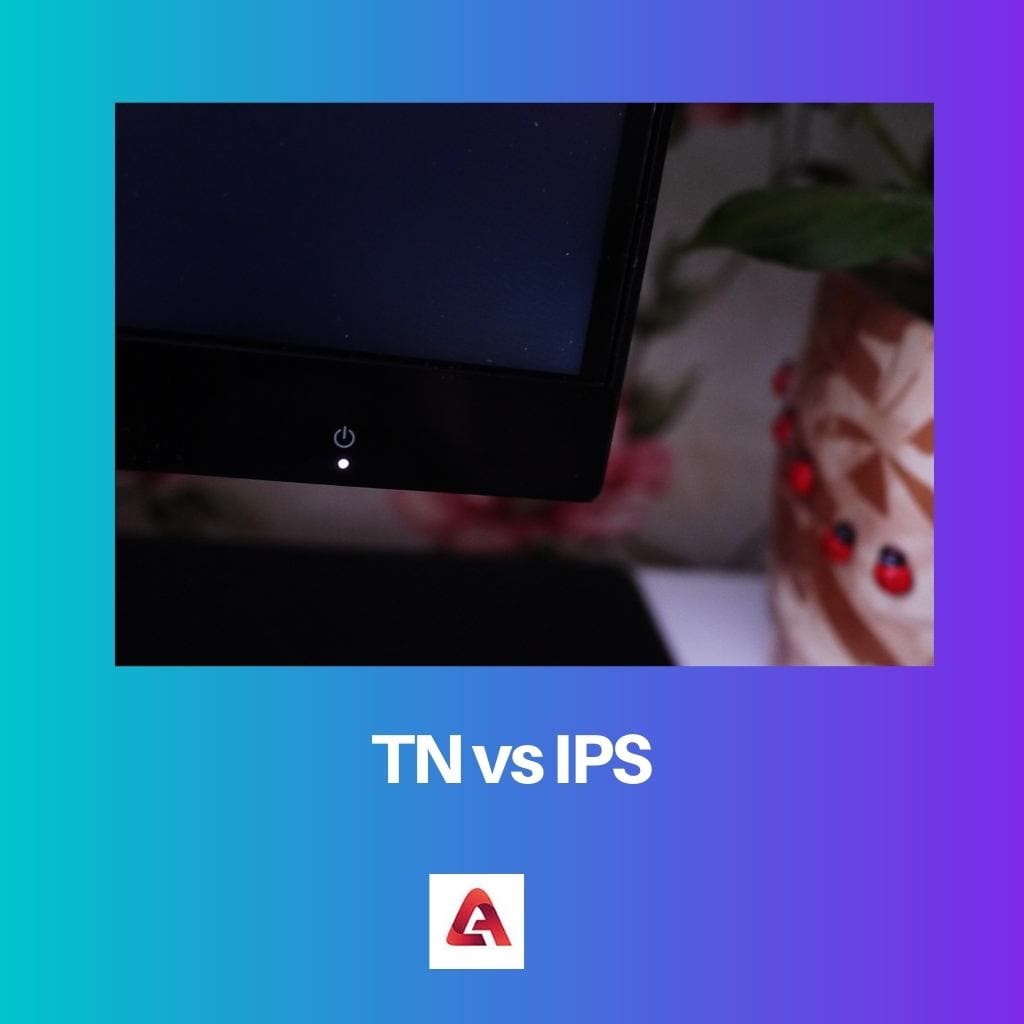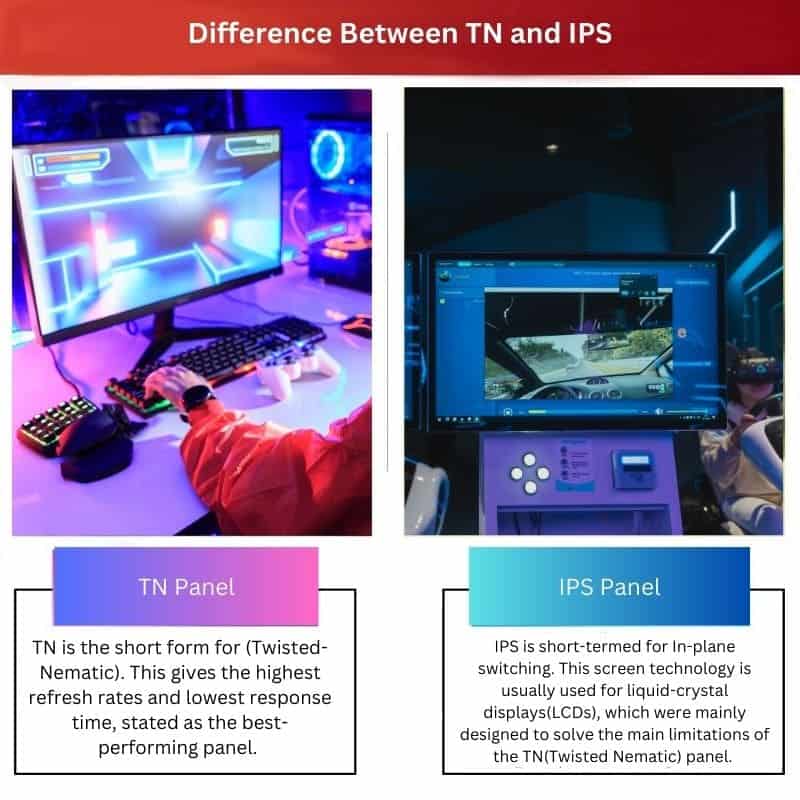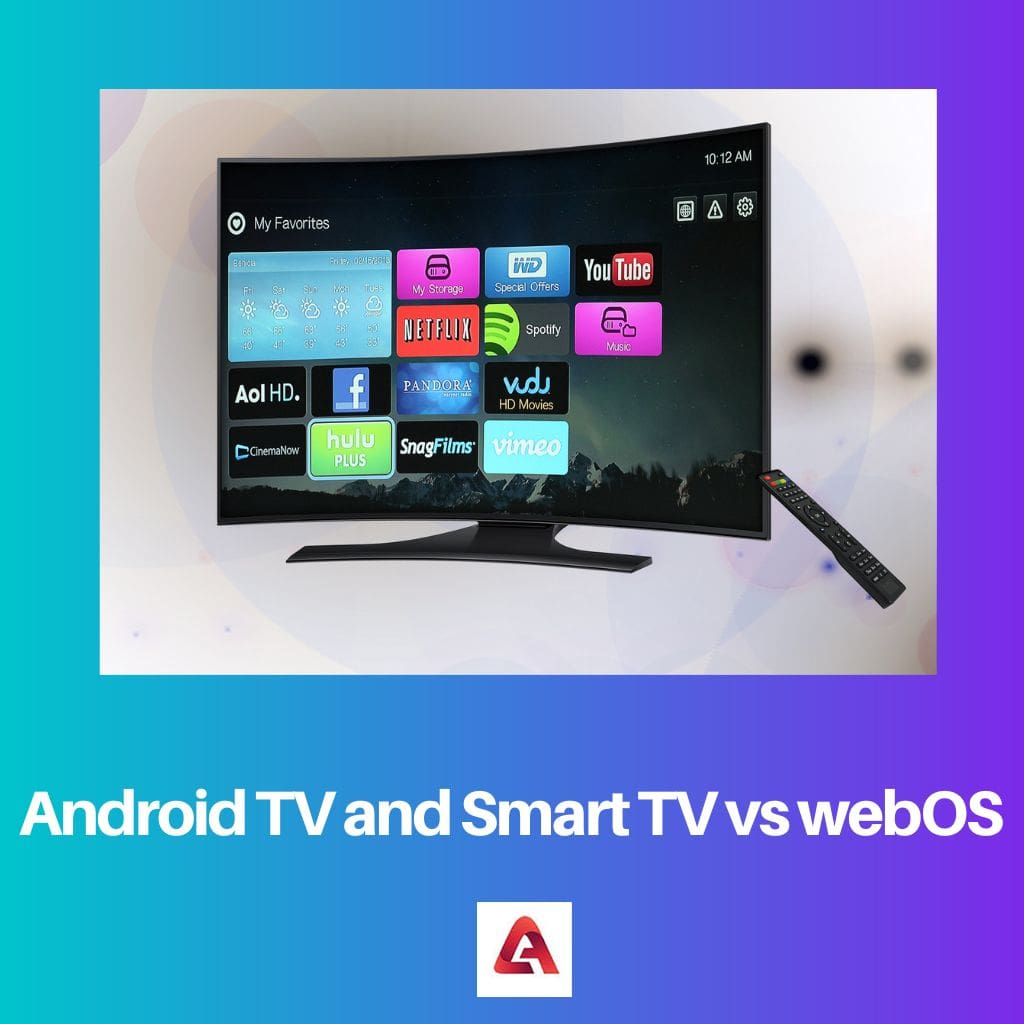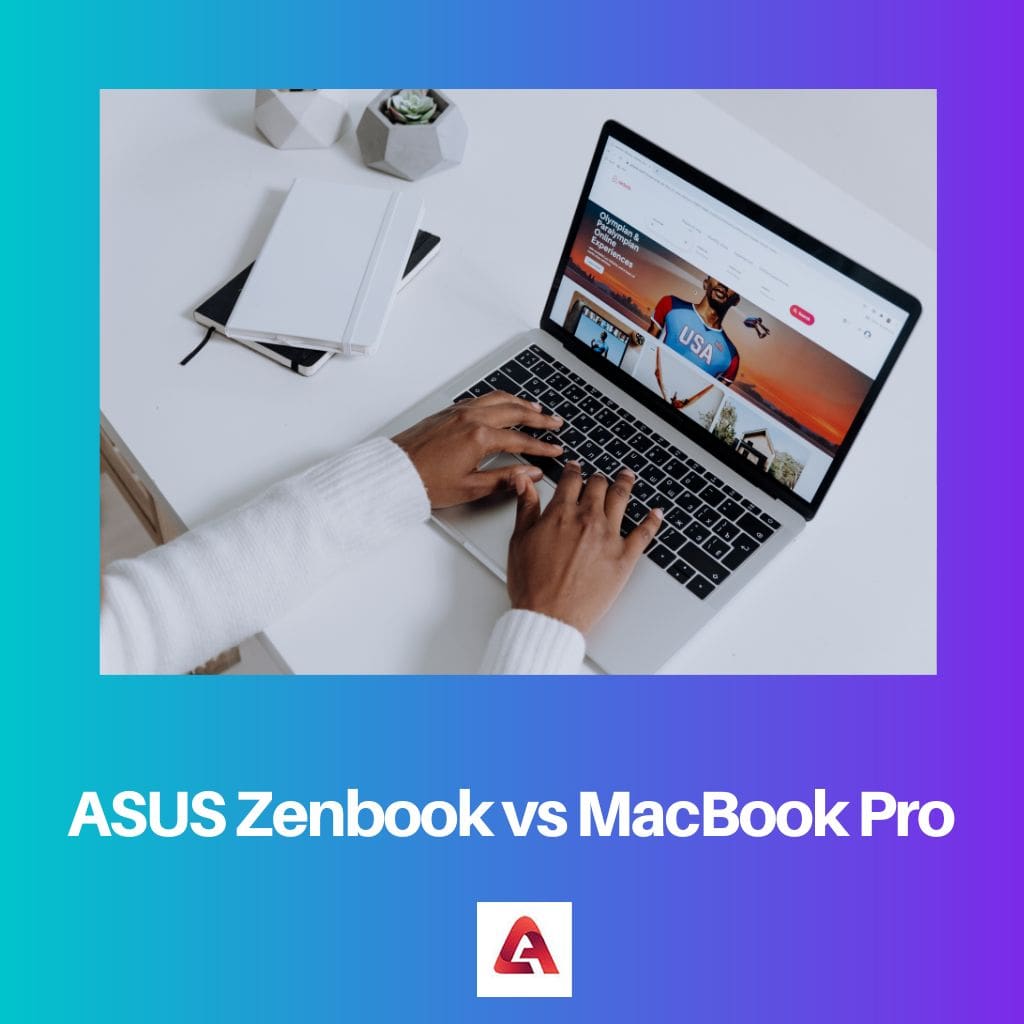There are many things to remember while shopping for a monitor, including size, colour, budget, video inputs, ultrasonic sounds, refresh rates, contrast ratios, pixel response times, and building qualities. But you may not know that all these factors are affected by the type of panel used by these monitors.
Key Takeaways
- TN (Twisted Nematic) panels are cheaper and offer faster response times than IPS (In-Plane Switching) panels.
- IPS panels have better color accuracy, wider viewing angles, and more consistent brightness than TN panels.
- TN panels are suitable for gaming and fast-paced activities, while IPS panels are more suitable for tasks that require accurate color reproduction and wider viewing angles.
TN vs IPS
TN (Twisted Nematic) panels are more affordable and offer faster response times, making them popular for gaming and other fast-paced applications. IPS (In-Plane Switching) panels have much better colour accuracy, and wider viewing angles, are more expensive than TN panels, and are slower.

A TN panel works by the fundamental principle of that of polarized light.TN panels are unique, even though they have become skinny on the ground (rare) these days.
An IPS panel was invented and developed to improve all the drawbacks seen in a TN. Unlike TN, IPS panels are designed by shifting patterns of their liquid crystals.
Comparison Table
| Parameters of Comparison | TN Panel | IPS Panel |
|---|---|---|
| Power consumed | The power consumed is meagre | Power consumed is very high |
| Response time | Low response times | Lower response time as compared to TN |
| Colour | Not that eye catchy | Very good colour |
| Refresh rates | Refresh rates are very high | Refresh rates are low compared to TN panels |
| Brightness | The brightness is not that good | Brightness is really good compared to TN panel |
| Calibration | Very easy | Very complex |
| Word consistency | Not good compared to IPS panel | Good |
| Price | Cheapest among all panels | Very costly among all panels |
| Best use | Best useful for gaming and animation | Best useful for Professionals and multimedia |
What is TN?
TN is the short form for (Twisted- Nematic). This gives the highest refresh rates and lowest response time, stated as the best-performing panel.
TN panels take advantage of an “active 3D shutter”, which allows them to display twice as much information as other panels, making speed its main advantage. It also should be noted that very few TN panels support HDR, and those that support it do not bear the kind of contrast necessary for making full use of it.
The larger the monitor, the larger you can see and notice the colour shift on the left, right, top and bottom. The major fallback of TN panels is that they lack 100 per cent accuracy in the reproduction of colour.

What is IPS?
IPS is short-termed for In-plane switching. This screen technology is used for liquid-crystal displays(LCDs), which were mainly designed to solve the main limitations of the TN(Twisted Nematic) panel.
IPS is definitely a better choice than a TN for showing superb visuals, excellent colour, and amazing viewing angles. They involve arranging and switching the orientation of molecules of the LCD layer between the glass substrates, which are essentially parallel to these glass plates.
The drawback of this panel is that they have backlight bleed issues. Also, if you are adamant about buying an IPS, you would have to spend a little extra, as 144Hz monitors start a bit higher than their TN counterparts.

Main Differences Between TN and IPS
- TN is vastly used for gaming and animation, whereas IPS is used gradually for professional purposes and multimedia.
- IPS panels cost relatively more than compared to TN panels to produce.
- TN has high refresh rates and fast response times.
- IPS has vivid colours and accuracy compared to TN, making it efficient enough for use despite its high price.
- TN have the lowest input tag, around 1 millisecond. And if you prefer low latency over colour reproduction, then a TN panel is all you need.






